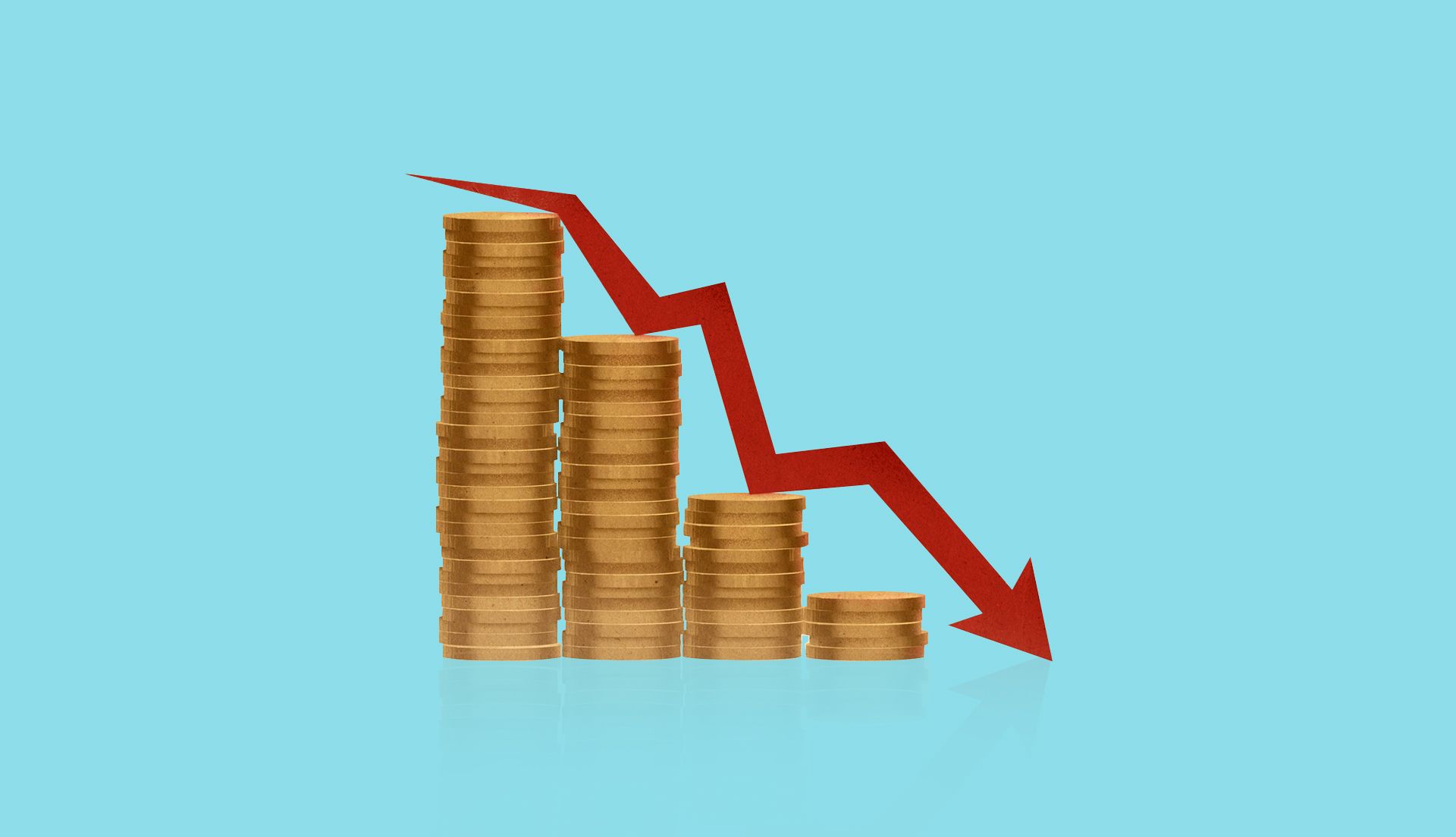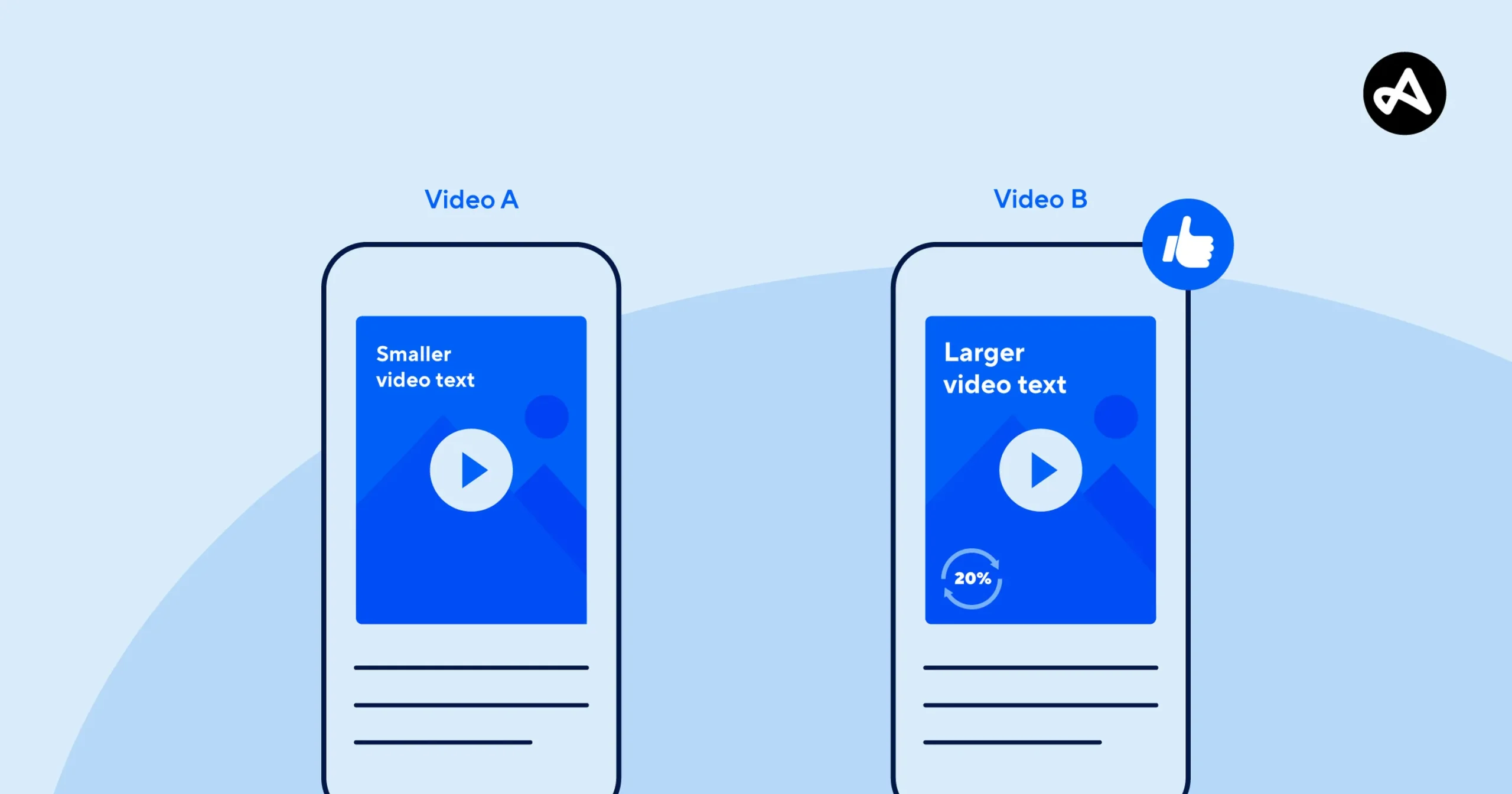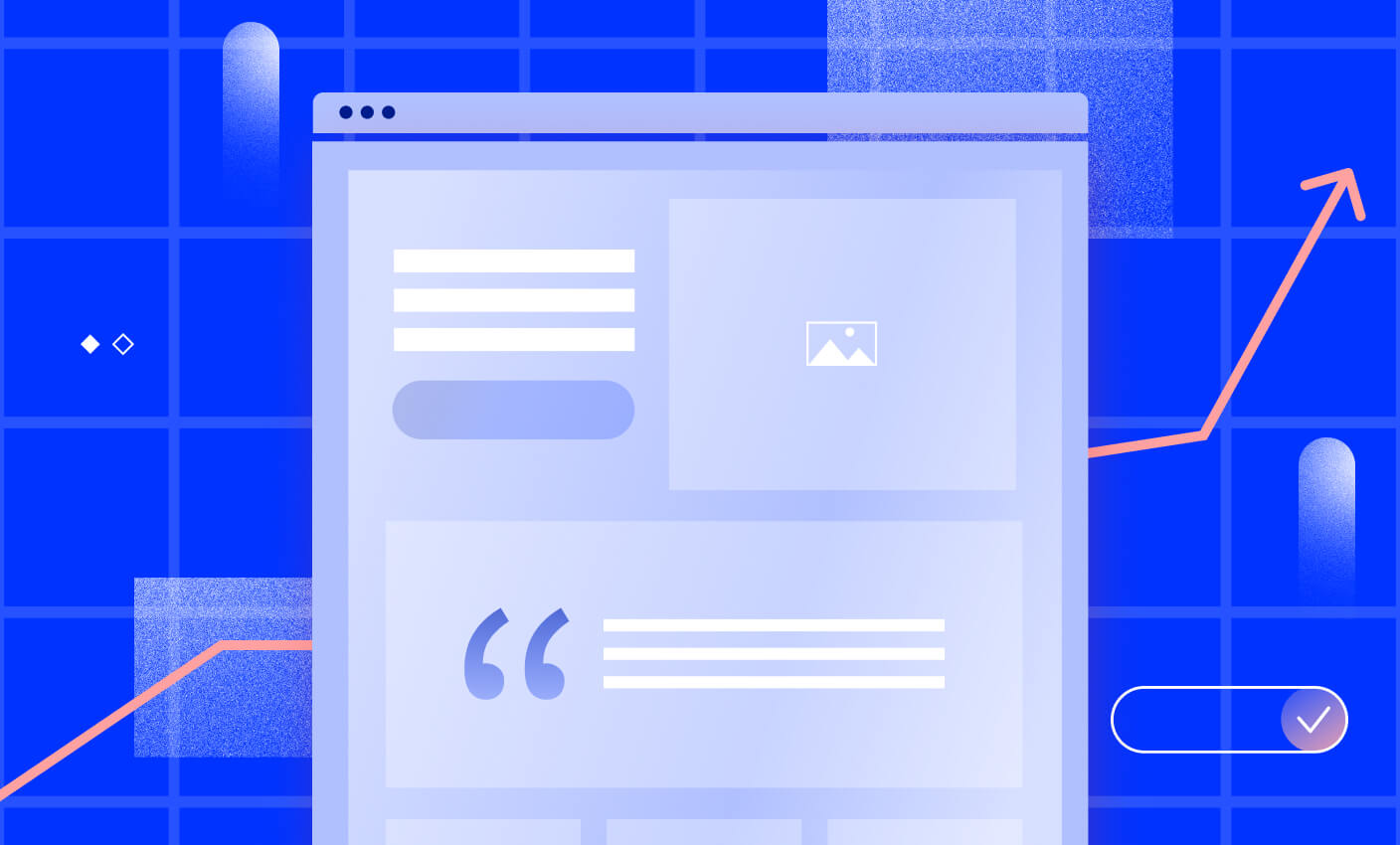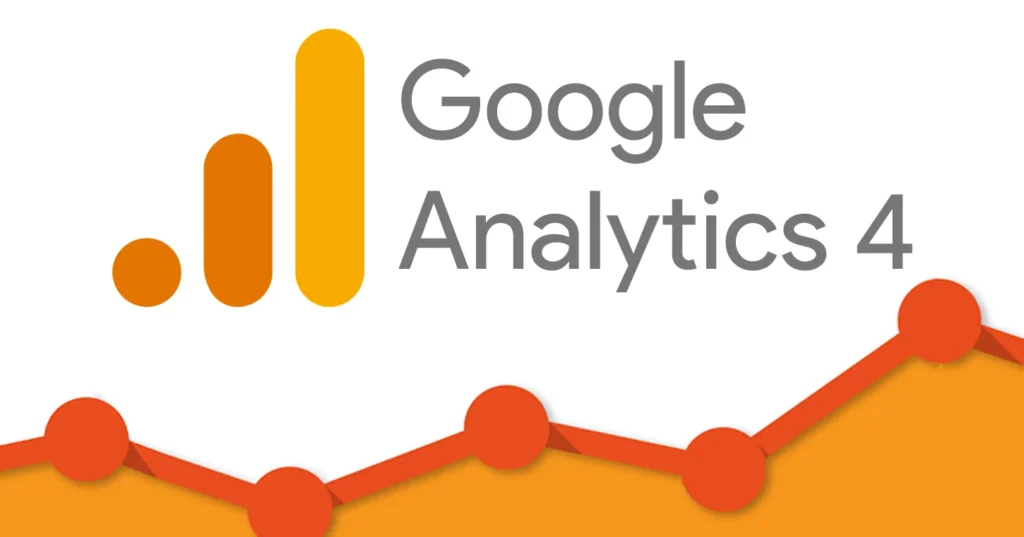In times of economic uncertainty, businesses face the challenge of maintaining growth while budgets tighten and consumer confidence wavers. This is where mastering Conversion Rate Optimisation (CRO) becomes not just advantageous, but essential. CRO allows you to make the most of your existing traffic by turning more visitors into loyal customers, maximizing your return on investment even when attracting new leads is more difficult. In this ultimate guide, we’ll walk you through proven strategies and practical tips to enhance your website’s performance, boost conversions, and help your business not only survive but thrive during economic downturns. Whether you’re a seasoned marketer or just starting out, this comprehensive approach to CRO will equip you with the tools to turn challenges into opportunities.
1. Understanding Conversion Rate Optimisation and Its Importance During Economic Downturns
Conversion Rate Optimisation (CRO) is the strategic process of enhancing your website or landing pages to increase the percentage of visitors who complete a desired action—whether that’s making a purchase, signing up for a newsletter, or filling out a contact form. In simpler terms, CRO focuses on turning more of your existing traffic into valuable customers without necessarily increasing your marketing spend. This becomes especially critical during economic downturns, when budgets tighten and consumer spending slows down. By optimizing your conversion rates, you maximize the value of every visitor, ensuring that your business remains competitive and profitable even in challenging financial climates. Embracing CRO during these times not only helps to safeguard your revenue but also builds a more resilient and efficient marketing funnel that can adapt to fluctuating market conditions. Understanding and implementing effective CRO strategies is, therefore, a vital component for any business aiming to thrive despite economic uncertainty.

2. Analyzing Your Current Website Performance and User Behavior
Before diving into strategies to boost your conversion rates, it’s essential to take a step back and thoroughly analyze your current website performance and user behavior. Understanding how visitors interact with your site provides invaluable insights that will guide your optimization efforts effectively. Start by leveraging analytics tools like Google Analytics, Hotjar, or Crazy Egg to gather data on key metrics such as bounce rate, average session duration, and conversion funnels. Pay close attention to which pages drive the most traffic, where users drop off, and what actions they take before completing a conversion. Additionally, analyze user behavior through heatmaps and session recordings to identify navigation patterns, areas of confusion, or friction points that may be hindering conversions. By carefully examining this data, you’ll uncover opportunities to improve user experience, streamline the customer journey, and ultimately implement targeted changes that can significantly enhance your conversion rates—even in challenging economic times.
3. Key CRO Strategies to Maximize Conversions on a Tight Budget
When working with a tight budget, focusing on key Conversion Rate Optimization (CRO) strategies that offer the most impact for the least cost is essential. Start by analyzing your website’s existing data to identify high-traffic pages with low conversion rates—these are prime opportunities for improvement. Simple changes such as optimizing call-to-action (CTA) buttons by making them more prominent, clear, and compelling can significantly boost conversions without requiring a large investment. Another effective strategy is to streamline your website’s user experience by reducing friction points—think faster loading times, intuitive navigation, and mobile responsiveness—which can dramatically reduce bounce rates and keep visitors engaged. Additionally, leveraging A/B testing tools, many of which offer free or low-cost plans, allows you to experiment with headlines, layouts, and offers to discover what resonates best with your audience. Don’t overlook the power of social proof, such as customer testimonials and reviews, which can be added effortlessly but greatly enhance trust and encourage action. By prioritizing these smart, budget-friendly tactics, you can maximize conversions and maintain business growth even during challenging economic times.
4. Leveraging A/B Testing and Data-Driven Decision Making
One of the most powerful strategies for mastering conversion rate optimisation (CRO) during economic downturns is leveraging A/B testing combined with data-driven decision making. A/B testing allows you to experiment with different versions of your website elements—such as headlines, call-to-action buttons, images, or page layouts—to determine which variation resonates best with your audience. By systematically testing and analyzing real user behavior, you can eliminate guesswork and make informed choices that directly impact your conversion rates.
Data-driven decision making takes this a step further by using comprehensive analytics and insights to guide your optimisation efforts. Instead of relying on assumptions or anecdotal evidence, you collect and interpret data from multiple sources—like user interactions, traffic patterns, and sales funnels—to understand what motivates your customers and where potential friction points lie. This approach ensures that every change you implement is backed by solid evidence, increasing the likelihood of success even when consumer spending is tighter.
Together, A/B testing and data-driven strategies create a continuous feedback loop that enables you to adapt quickly, maximize the effectiveness of your marketing tactics, and ultimately thrive despite economic challenges. By embracing this methodical approach, you not only improve your conversion rates but also build a resilient business foundation capable of weathering downturns with confidence.

5. Enhancing User Experience to Build Trust and Credibility
Enhancing user experience (UX) is a critical component of mastering conversion rate optimisation, especially during economic downturns when consumers are more cautious with their spending. A seamless, intuitive, and enjoyable browsing experience not only keeps visitors engaged but also builds trust and credibility—two essential factors that influence purchasing decisions. Start by ensuring your website loads quickly, as even a few seconds of delay can lead to lost conversions. Simplify navigation with clear menus and straightforward paths to key actions like product pages or checkout. Use consistent branding and professional design to create a polished look that reassures visitors they’re dealing with a reputable business. Incorporate customer testimonials, reviews, and trust badges prominently to further validate your credibility. Additionally, make your site mobile-friendly, as more users shop on their phones than ever before. By prioritizing user experience, you reduce friction in the buying process, foster confidence, and ultimately encourage more visitors to convert—helping your business not only survive but thrive in challenging economic times.
6. Monitoring Results and Continuously Optimizing for Long-Term Success
Monitoring results and continuously optimizing your strategies are crucial components of mastering conversion rate optimisation (CRO), especially during economic downturns when every lead and sale counts more than ever. To truly thrive, it’s not enough to implement changes and then set them aside; instead, you need to establish a robust system for tracking key performance indicators (KPIs) such as click-through rates, bounce rates, and conversion rates. Utilizing tools like Google Analytics, heatmaps, and A/B testing platforms allows you to gain valuable insights into user behavior and identify what’s working—and what isn’t.
But data collection is only the first step. The real power lies in interpreting these insights to make informed decisions and iterative improvements. CRO is an ongoing process of trial, analysis, and refinement. Small tweaks to your website’s design, messaging, or call-to-action buttons can yield significant increases in conversions when guided by data. Additionally, staying attuned to changing customer needs and market trends ensures your optimisation efforts remain relevant and effective. By adopting a mindset of continuous testing and learning, you can build a resilient ecommerce strategy that not only withstands economic challenges but also positions your business for sustainable growth in the long term.
7. Implementing Personalized Marketing to Increase Customer Engagement
In times of economic downturn, capturing and retaining customer attention becomes more crucial than ever. Implementing personalized marketing is a powerful strategy to boost customer engagement and ultimately improve your conversion rates. Personalized marketing involves tailoring your messages, offers, and experiences to the unique preferences, behaviors, and needs of individual customers. By leveraging data such as browsing history, past purchases, and demographic information, you can create highly relevant content that resonates on a personal level. For instance, personalized product recommendations, customized email campaigns, and targeted promotions can make your customers feel valued and understood, encouraging them to take action. Moreover, personalization helps build stronger relationships, fostering customer loyalty and increasing the likelihood of repeat business—both vital for sustaining your ecommerce success during challenging economic times. Integrating tools like CRM systems, AI-driven analytics, and behavioral tracking can streamline the personalization process, enabling you to deliver the right message at the right time. Ultimately, personalized marketing transforms generic interactions into meaningful conversations, driving engagement and conversions even when customers are more cautious with their spending.
8. Prioritizing High-Impact Pages and Funnels
In the face of economic downturns, every visitor to your website counts more than ever. Prioritizing high-impact pages and funnels is a strategic approach that helps you focus your resources where they matter most. Start by identifying the pages and funnels that directly influence your conversion goals—these typically include product pages, pricing pages, and checkout flows. Analyze user behavior and performance metrics to pinpoint bottlenecks or drop-off points within these key areas. By optimizing these high-impact touchpoints, you can significantly boost your conversion rates without spreading your efforts too thin. Whether it’s refining your call-to-action, streamlining navigation, or enhancing page load speed, improvements here often yield the highest return on investment. In difficult economic times, this targeted focus ensures your CRO efforts are both efficient and effective, helping your business thrive despite market challenges.

If you found this article helpful and need help with your website conversion, contact us for a FREE CRO Audit


